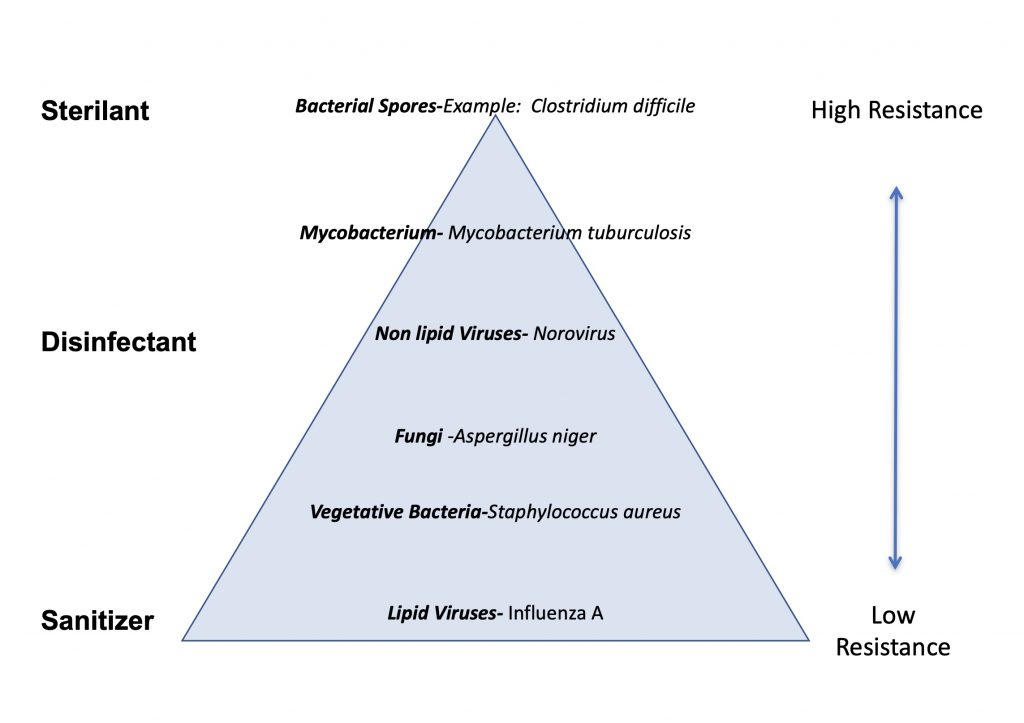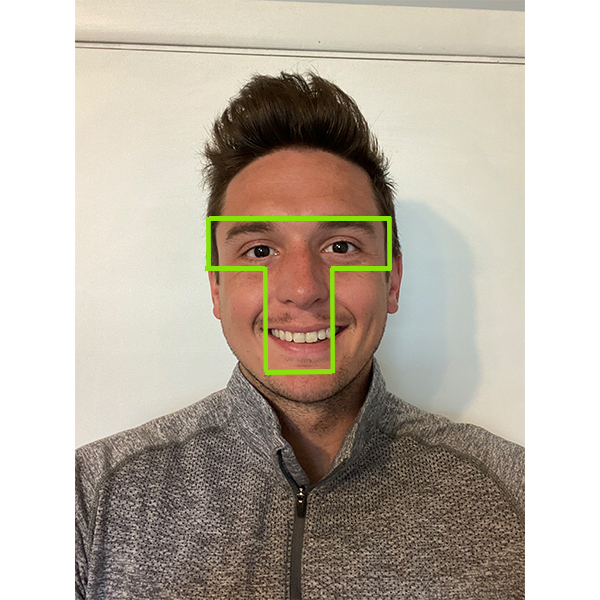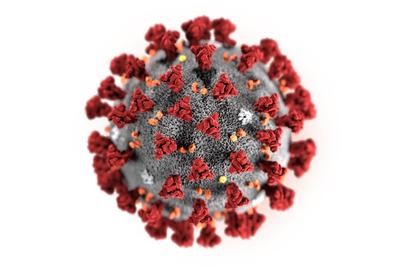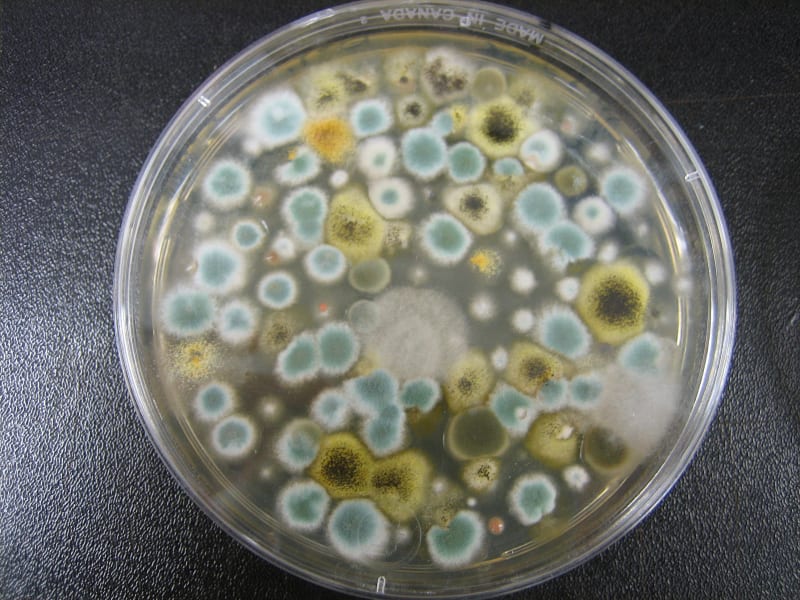As we approach a post-pandemic world, the focus of the country has shifted from a reactive mindset to a proactive and preventative state-of-mind. Thoughtful and diligent planning will drastically reduce gaps in workplace infection control & prevention plans, keeping us safer in the long run.
2020 was a year that most of us would like to forget. Going back to a complacent mindset as a society will inevitably lead us there again. For far too long it seems as if the overall mindset has been let’s wait around and find out…we no longer can abide by this mentality. After the events of last year and reflecting on the country’s response it’s clear we need to be proactive when it comes to infection control & prevention.
COVID-19, despite its challenges has taught us much about societies priorities and how they are truly misplaced. We need to take things more seriously, across the board.
Infection control and prevention is not something to take lightly, especially in hind of what just unfolded globally. In 2020, mankind was caught off-guard by a microscopic villain, reacting to the chaos instead of controlling it, and we need to make sure this never happens again.
Reaction
What does it mean to react? In this case it means a response to a situation, stimulus, or treatment. As COVID-19 arrived on the scene we quickly realized that we were no prepared. Instead, we had to react.
We, as a country, were not prepared for the sheer volume of cases, nor prepared to protect our society from cross-contamination, and definitely not prepared to lose 500,000+ fellow Americans (even more people worldwide). We lacked PPE, proper disinfectants, basic hygienic practices, and comprehensive infection control plans. Ignorance to proper procedures and not having the proper protocols in place led us to react to the situation rather than control it.
When it comes to infection control approach, we don’t want to be on the reaction side of this game. Reacting here means lives are lost. It means that the necessary steps have not been taken to protect patients, employees, and patrons. The lack of attention is putting more lives at risk.
In healthcare, failure to prevent healthcare associated infections (HAI) can cost mind-numbing amounts of money (the cost of HAIs in the US is between $28-48 billion annually).
Aside from the money, the most important reason we don’t want to react is because it costs lives. You cannot put a price on a human life.
It shouldn’t take a global pandemic to get us to wash our hands, cover our mouths when sneezing/coughing, stop rubbing our eyes and touching our face, improve our indoor air quality, and our general approach to hygiene…. but it did.
It took all those deaths and cases for us to put a premium on hygiene and reducing cross-contamination, which is why at Safety Net we’ve spent 15+ years creating a suite of proven safety solutions and products that protect caregivers, business owners, educators, and many others. We proactively attack the game.
Pro-action
“The best preparation for tomorrow is doing your best today,” H. Jackson Brown, Jr.
When it comes to infection control, we have to look at the whole enchilada, not just a small portion of it. If we neglect the macroscopic picture of infection prevention we’ll end up with a negative, and potentially dangerous, microscopic result.
But who are these microscopic bad guys that we’re going toe-to-toe with?
Identifying the Enemy
What are we targeting when carrying out our disinfection efforts? What’s the most important?
At Safety Net, we’ve identified what we call The Triple Threat:
Bacteria – microscopic single-celled organisms that occupy virtually all habitats.
Viruses – small infectious agents that replicate only inside the living cells of an organism
Fungus/Molds – Fungi produce some very unpleasant diseases of the skin, lungs, and mucous membranes – can even invade the entire body, in rare cases.

Bacteria 
Virus 
Fungus/Mold
All of our disinfection solutions and technologies aim to abate these three categories across all of your high-touch areas. Depending on the enemy we’re targeting and its location we’ll use different solutions.
Understanding Sterilant, Disinfectants, and Sanitizers
There is a hierarchy to disinfection solutions and their effectiveness (Fig 1.).

Terminology is important and carries much weight. The three most important aspects of the disinfection hierarchy are:
Sterilant (sporicide) – is an antimicrobial “pesticide” that destroys or eliminates essentially all forms of microbial life in the inanimate environment. The FDA term ‘sterilant’ is deemed to be synonymous with the EPA’s ‘sporicide,’ but such products are intended for different purposes. Since sterilization includes eradication of all living microorganisms, such claims are intrinsically related to protection of human health.
- 99.9999% reduction
Disinfectant – a chemical that destroys the vegetative forms of harmful microorganisms.
- 99.999% reduction
Sanitizer – a hard surface solution that reduces but does not eliminate all the microorganisms on a treated surface.
- 99.9%
Clearly you can see that not all disinfecting solutions are created equal, nor are the technologies that apply them to surfaces or spaces. A healthy combination of all of these disinfectant styles will cover the gaps efficiently.
If we are to be proactive with our infection control & prevention, we need to have a firm understanding of these terms, their effectiveness, and where they fall within the hierarchy of your own plan.
Understanding Cross-Contamination
How dirty do you think your phone is? Do you keep track of all the surfaces you set it on, who touches it, how many times you’ve cleaned it? Before the pandemic probably not a whole lot.
A lot has changed since with how society utilizes technology. Lockdowns forced us out of the public and into the “privacy” of our own devices. We are using our phones, tablets, and computers more than ever before.
According to a Business Insider Study the average person touches their phone over 2600 times per day. That’s a lot!
If you pick up your dirty phone with clean hands you’ve just made all that hand-washing obsolete. If you pick up your clean phone with dirty hands you’ve just made your phone disinfecting nonsensical.
To effectively prevent the cross-contamination of dangerous pathogens you’ll want to clean both your phone and your hands before joining the two forces.
High-touch devices pose a new threat in our fragile society. Cross-contamination has never been easier for pathogens. They just idly sit by and wait for you to show your friend or colleague the latest video, news article, and or infection prevention blog post. Then, at the opportune moment, they cross over and potentially affect the next person.
Our hands must be clean but in order to maintain cleanliness on the hands we need to make sure we’re taking a proactive approach and disinfecting our high-touch devices more often.
The T-Zone and Hand Hygiene
You may be wondering what the T-Zone is and with March Madness going on we need to be clear that we’re not talking defensive strategy in basketball. Rather defensive strategy against infectious disease spread through cross-contamination.
The T-Zone is the part of your face that has the most oil secreting areas as well as the mucus membranes of the eyes, nose, and mouth (Fig 2.)

You may not realize it now, but you touch your face a lot. Now that you’re cognizant of it you’ll be haunted by the number of times you’ll find your hand travel its way north to scratch an itch, cover a cough, wipe an eye. Resist the urge! According to a study found on the National Library of Medicine states that, “On average, each of the 26 observed students touched their face 23 times per hour.”
Every time you touch a part of the T-Zone you increase the risk of respiratory and gastro-intestinal diseases considerably. If we touch someone’s phone and then scratch that pesky itch with the same hand, we’ve just put ourselves at a higher risk of getting sick.
As a society we should aim to achieve “herd-intelligence” of the T-Zone. Marketing strategies around hand washing should be complimented with pictures of the T-Zone and high-risk areas on the body to touch. Reducing the number of face touches per hour is critical to staying healthy and protecting ourselves against cross-contamination.
The Henry the Hand Foundation boils it down to 4 Principles of Hand Awareness:
- Wash your hands when they are not dirty and before eating.
- DO NOT cough into hands.
- DO NOT sneeze into hands.
- Above all, DO NOT put your fingers into your eyes, nose, or mouth (T-Zone).
Why did it take a pandemic for us to re-learn these basic hygienic principles?
Safety Net’s Proactive Approach
We don’t wait for things to get out of hand before we take action. At Safety Net we put together comprehensive infection control and prevention plans that suit your needs. Ranging from hospitals to manufacturing plants, restaurants to schools, there is no place Safety Net can’t provide adequate protection from deadly infectious diseases.
Our company has an amazing suite of high-efficacy, EPA approved and registered, effective solutions and devices that can aid you in your infection prevention efforts.
Stop cross-contamination at the source with our UV Boxes and incredible mPulse hand sanitizer. Improve your air quality with our state-of-the-art air purification systems. Disinfect those hard-to-reach spaces with our electrostatic spraying systems. Take back control of your environment now.
Safety Net cuts the head off of the proverbial infection monster preventing infection and deadly disease at the source.
About the Author
Robert Hasselfeld is SEO manager and an account manager at Safety Net.




